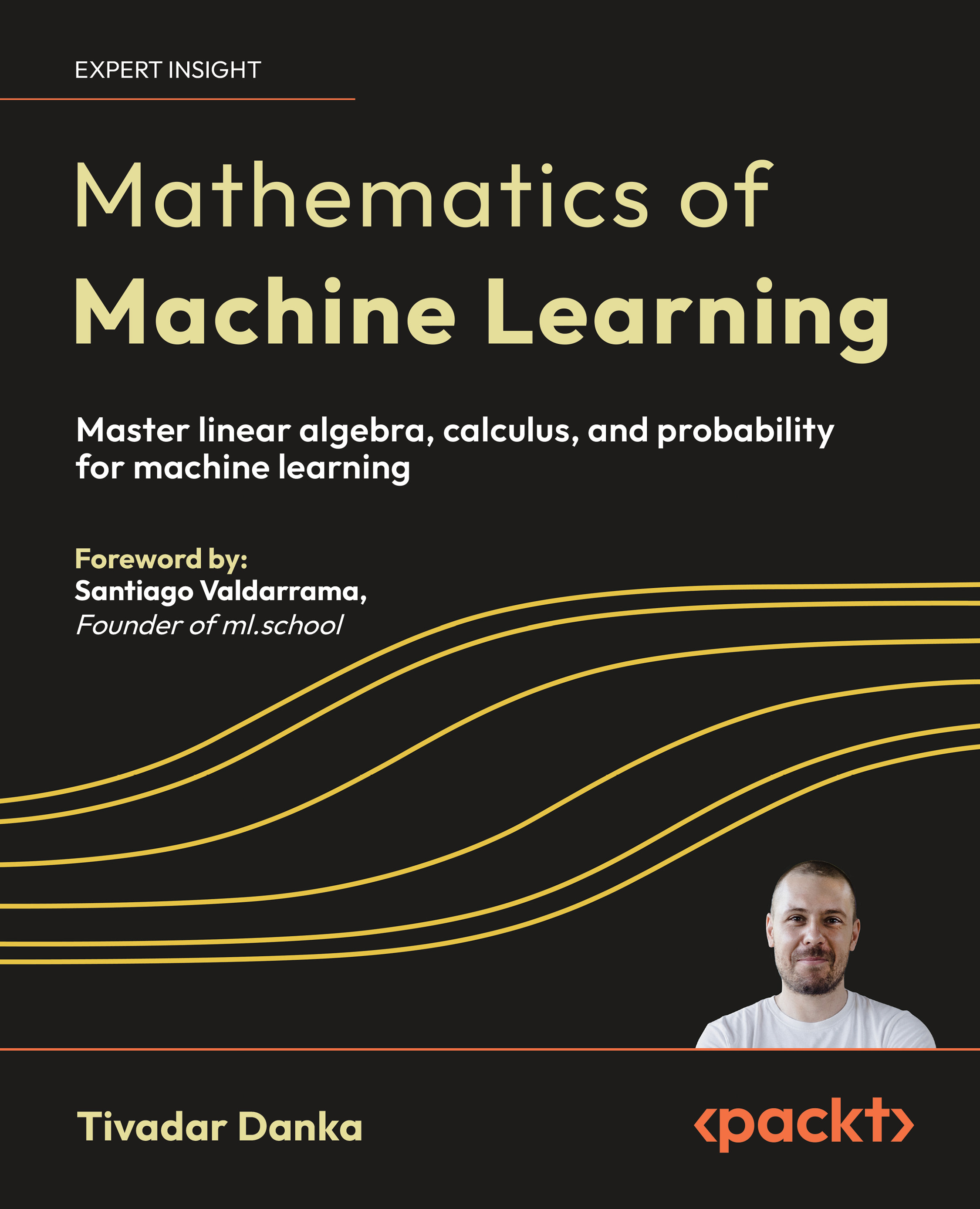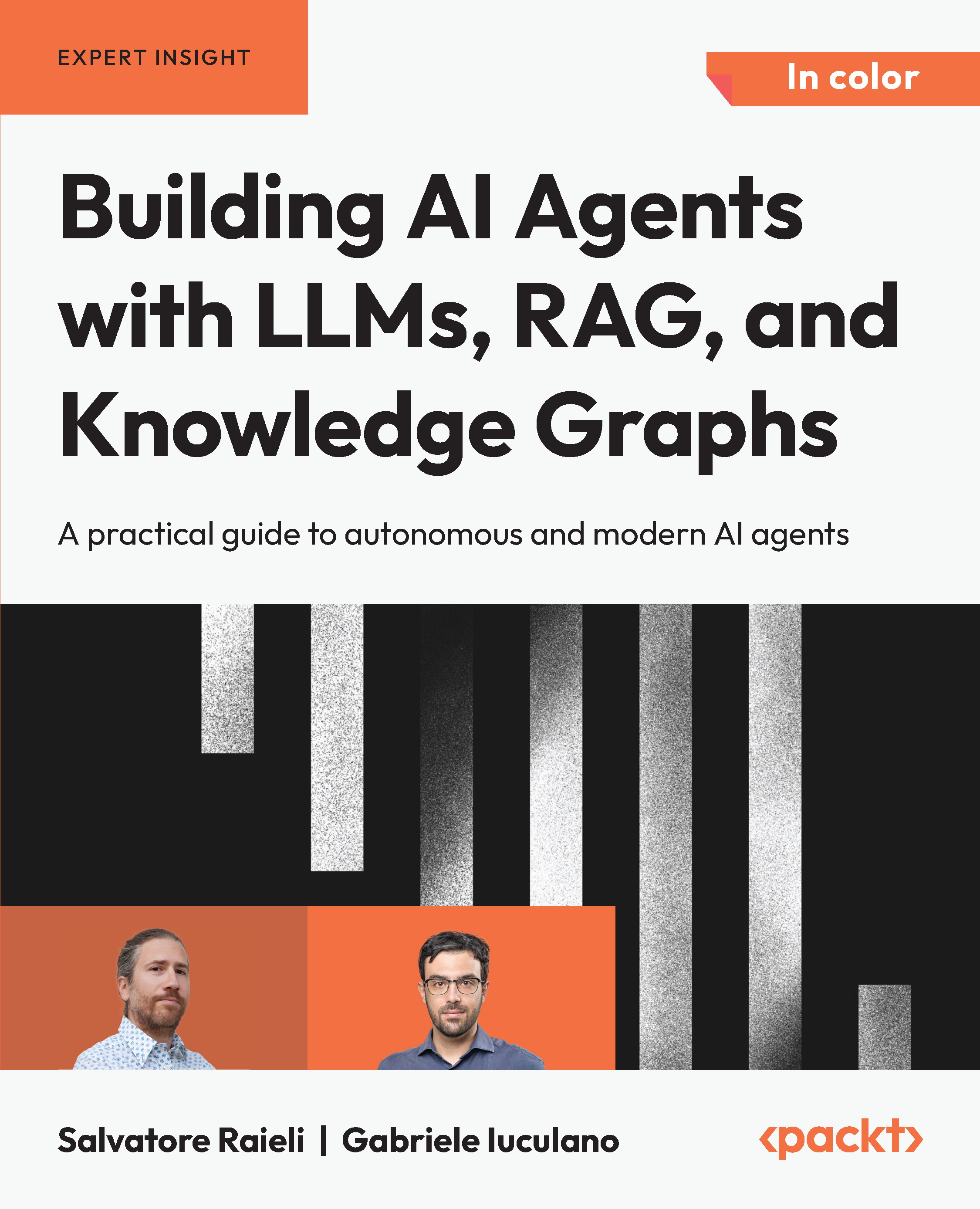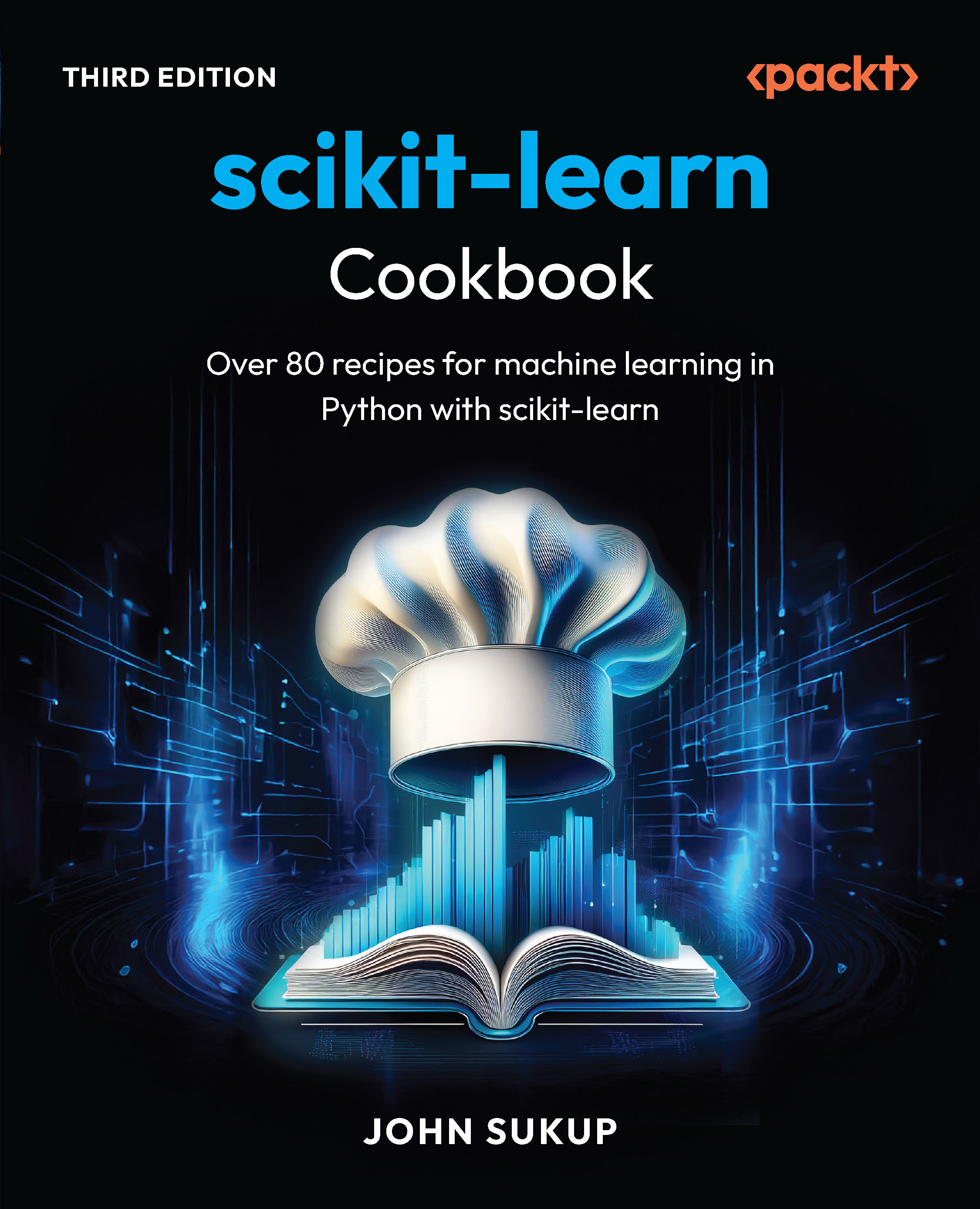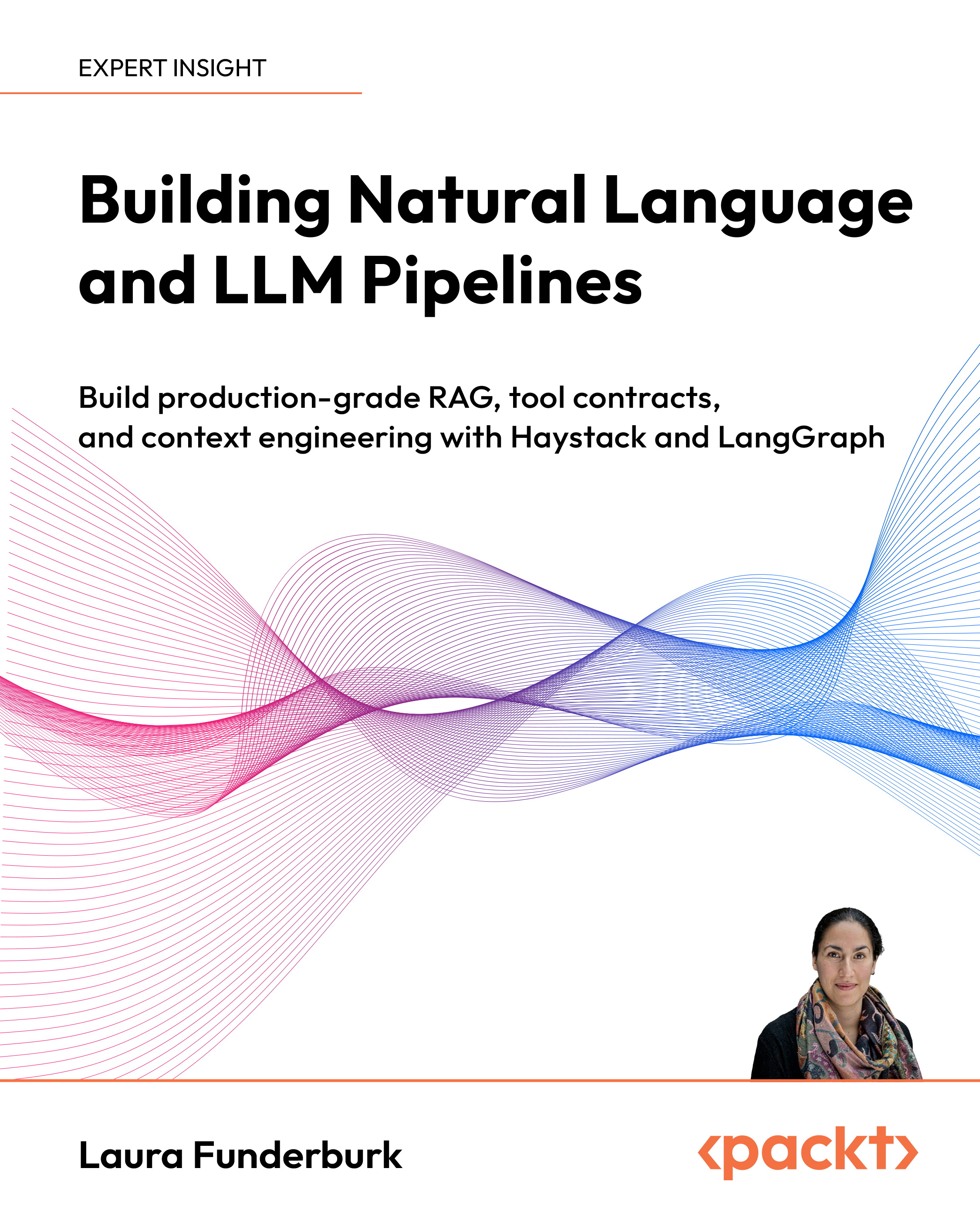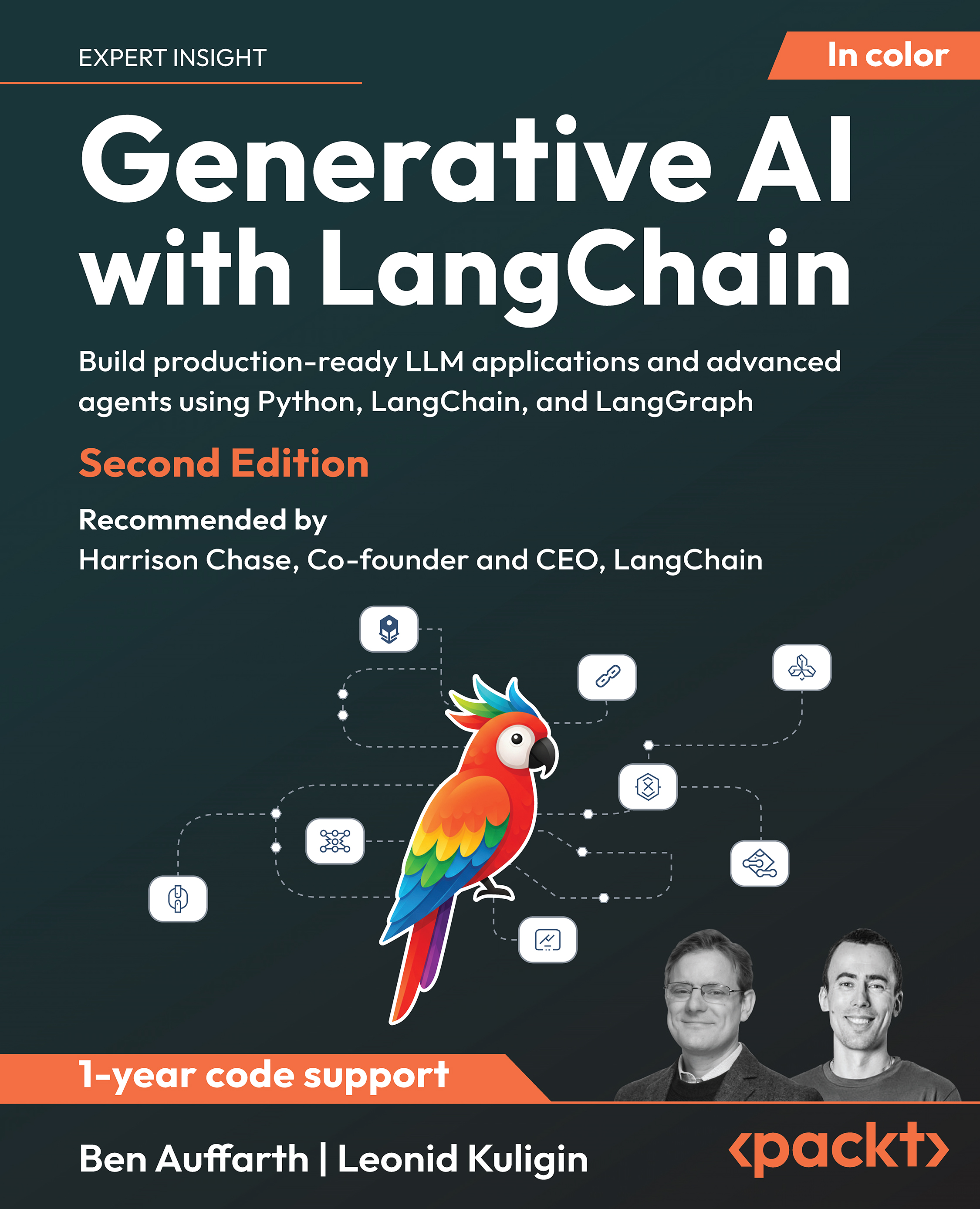An RNN is one powerful model from the deep learning family that has shown incredible results in the last five years. It aims to make predictions on sequential data by utilizing a powerful memory-based architecture.
But how is it different from a standard neural network? A normal (also called feedforward) neural network acts like a mapping function, where a single input is associated with a single output. In this architecture, no two inputs share knowledge and the each moves in only one direction—starting from the input nodes, passing through hidden nodes, and finishing at the output nodes. Here is an illustration of the aforementioned model:
On the contrary, a recurrent (also called feedback) neural network uses an additional memory state. When an input A1 (word I) is added, the network produces an output B1 (word love) and stores information about the input A1 in the memory state. When the next input A2 (word love) is added, the network produces the associated output B2 (word to) with the help of the memory state. Then, the memory state is updated using information from the new input A2. This operation is repeated for each input:
You can see how with this method our predictions depend not only on the current input, but also on previous data. This is the reason why RNNs are the state-of-the-art model for dealing with sequences. Let's illustrate this with some examples.
A typical use case for the feedforward architecture is image recognition. We can see its application in agriculture for analyzing plants, in healthcare for diagnosing diseases, and in driverless cars for detecting pedestrians. Since no output in any of these examples requires specific information from a previous input, the feedforward network is a great fit for such problems.
There is also another set of problems, which are based on sequential data. In these cases, predicting the next element in the sequence depends on all the previous elements. The following is a list of several examples:
- Translating text to speech
- Predicting the next word in a sentence
- Converting audio to text
- Language translation
- Captioning videos
RNNs were first introduced in the 1980s with the invention of the Hopfield network. Later, in 1997, Hochreiter and Schmidhuber proposed an advanced RNN model called long short-term memory (LSTM). It aims to solve some major issues with the simplest recurrent neural network model, which we will reveal later in the chapter. A more recent improvement to the RNN family was presented in 2014 by Chung et al. This new architecture, called Gated Recurrent Unit, solves the same problem as LSTM but in a simpler manner.
In the next chapters of this book, we will go over the aforementioned models and see how they work and why researchers and large companies are using them on a daily basis to solve fundamental problems.
 United States
United States
 Great Britain
Great Britain
 India
India
 Germany
Germany
 France
France
 Canada
Canada
 Russia
Russia
 Spain
Spain
 Brazil
Brazil
 Australia
Australia
 Singapore
Singapore
 Canary Islands
Canary Islands
 Hungary
Hungary
 Ukraine
Ukraine
 Luxembourg
Luxembourg
 Estonia
Estonia
 Lithuania
Lithuania
 South Korea
South Korea
 Turkey
Turkey
 Switzerland
Switzerland
 Colombia
Colombia
 Taiwan
Taiwan
 Chile
Chile
 Norway
Norway
 Ecuador
Ecuador
 Indonesia
Indonesia
 New Zealand
New Zealand
 Cyprus
Cyprus
 Denmark
Denmark
 Finland
Finland
 Poland
Poland
 Malta
Malta
 Czechia
Czechia
 Austria
Austria
 Sweden
Sweden
 Italy
Italy
 Egypt
Egypt
 Belgium
Belgium
 Portugal
Portugal
 Slovenia
Slovenia
 Ireland
Ireland
 Romania
Romania
 Greece
Greece
 Argentina
Argentina
 Netherlands
Netherlands
 Bulgaria
Bulgaria
 Latvia
Latvia
 South Africa
South Africa
 Malaysia
Malaysia
 Japan
Japan
 Slovakia
Slovakia
 Philippines
Philippines
 Mexico
Mexico
 Thailand
Thailand



